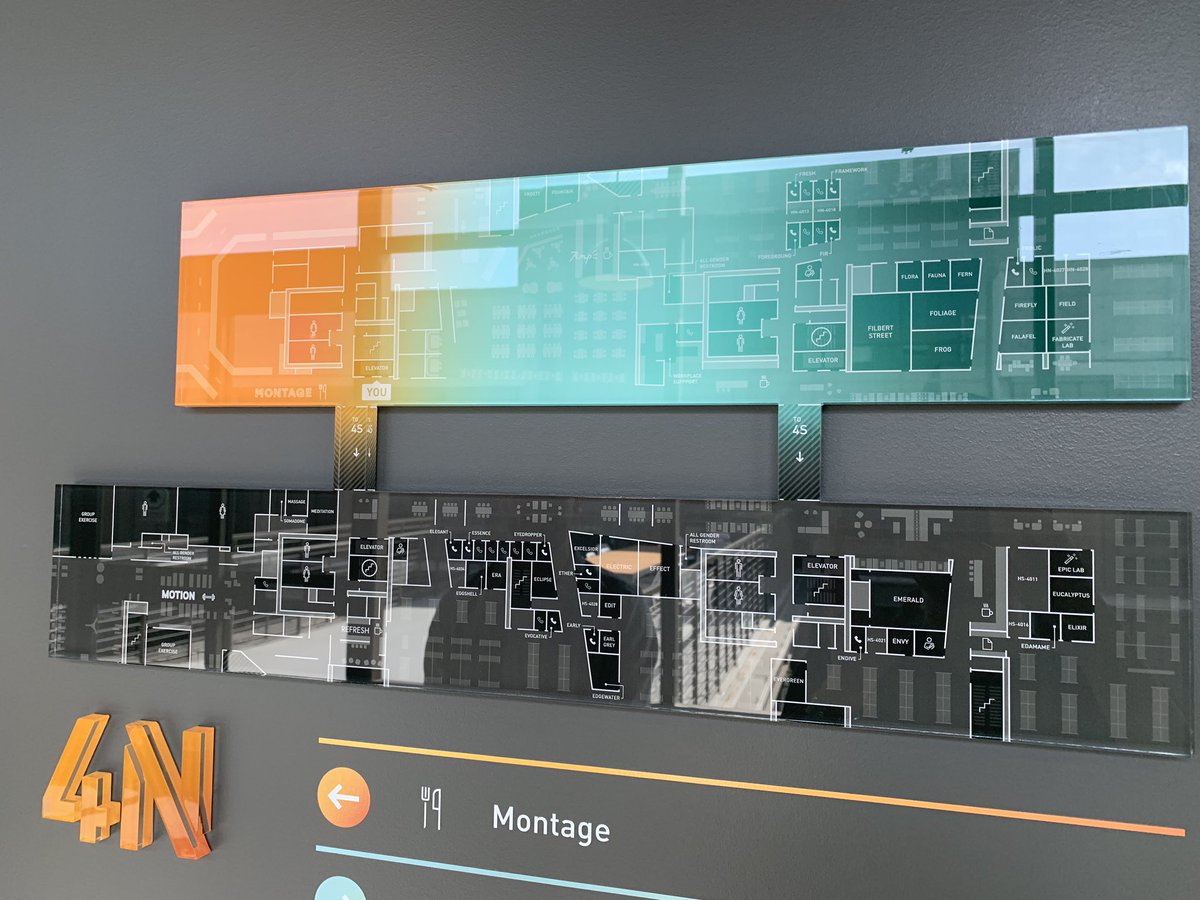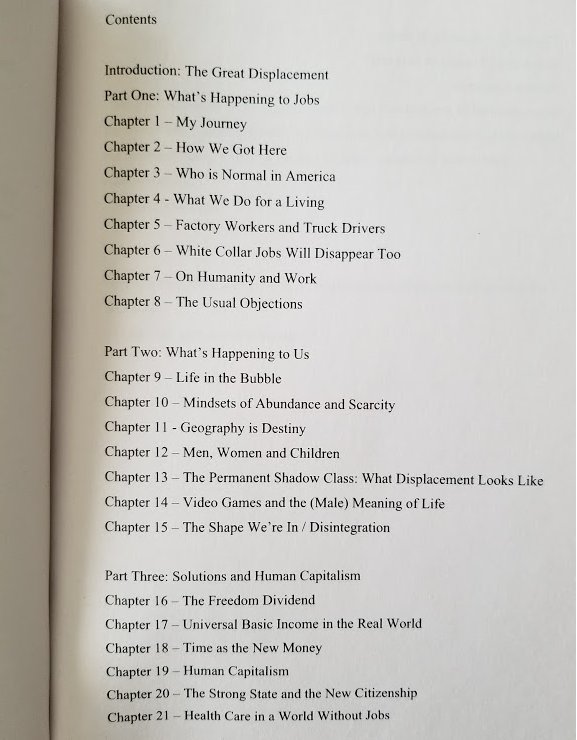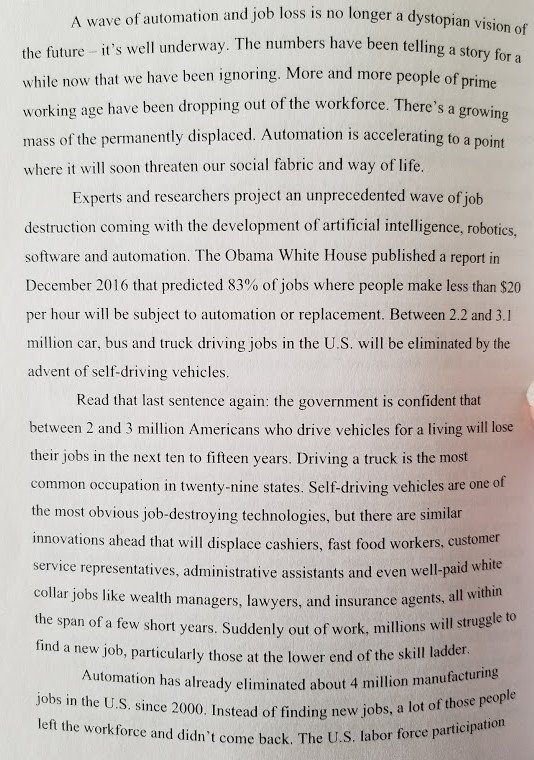Affiliate link: amzn.to/2KBEZJd
Hidden motives
Unconscious beliefs
Secret desires
Subliminal perceptions
Permanent values
Inner agents/selves
Intuitive introspections
Underlying mental principles
Subconscious preferences
Mental depths
Moral convictions
But we don’t.
(Do this now)















